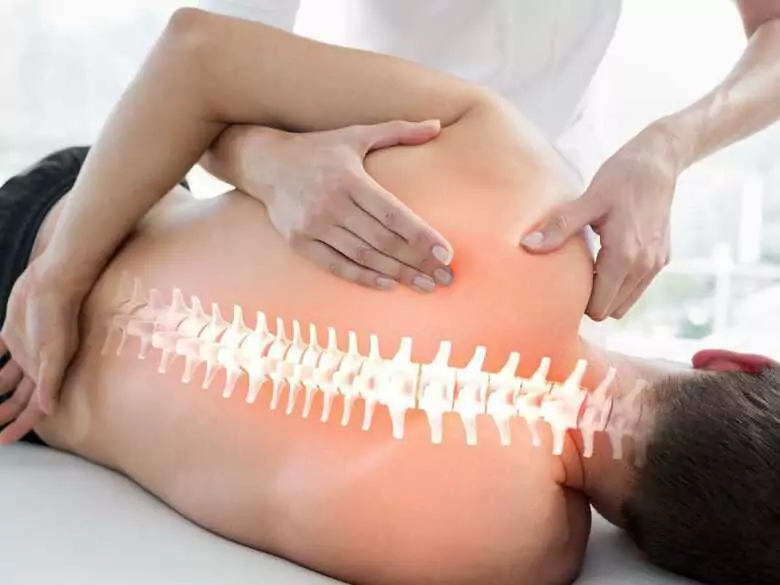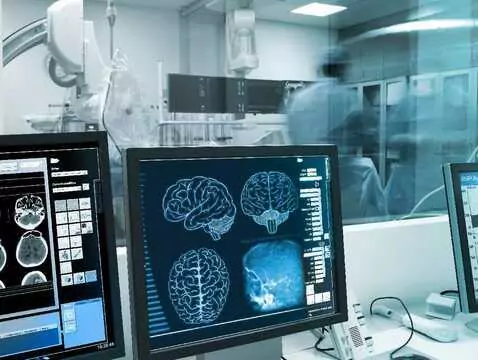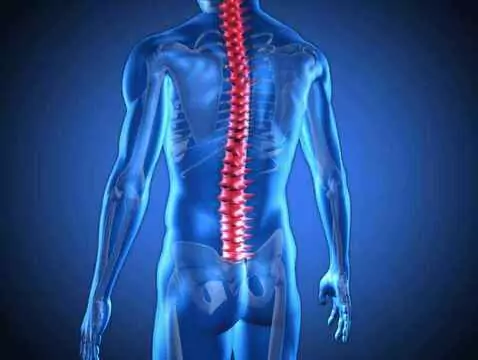A healthy spine plays a very important role in the proper and efficient functioning of every human being. It provides support for the entire skeleton, so its function is invaluable.
The spine is made up of five parts, each formed by vertebrae. It can be described as a tube extending along the body, which protects and surrounds the spinal cord. Almost everyone suffers from spinal pain and backache, which can affect different parts of the body, such as the cervical or lumbar spine. Spinal pain can radiate to different parts of the body and consequently hinder the ability to function efficiently in everyday life. In the case of various types of spinal deformity, it is also necessary to include exercises and medication.
Structure and function of the spine
The spine is made up of 33 or 34 vertebrae, running from the base of the head to the coccyx. In the spine, we distinguish between the parts:
- cervical (made up of 7 vertebrae, responsible for moving the head)
- thoracic (composed of 12 pairs of thoracic vertebrae),
- lumbar (composed of 5 lumbar vertebrae),
- sacral (made up of five fused vertebrae)
- and caudal (made up of four or five vertebrae).
Each of the aforementioned parts, with the exception of the caudal (button), has very important functions. The elements of the vertebral column are the vertebrae (rings) arranged one on top of the other. A single vertebra is made up of a vertebral body, an arch and three appendages. Between the vertebrae, there are intervertebral discs (so-called discs).

photo: pantherstock
The function of the vertebral column is not only to support our body, but also to coordinate any movements we make (e.g. head movements, body twists) or to provide an attachment site for muscles and limbs.









